Where to start making an app
Every now and then, you come across the idea of building an app that is unique and truly yours. We’re sure you’ve had those conversations with your friends, where you all get fired up, pile up ideas, and deal on starting tomorrow. It never happens though eventually… And here’s why:
Appealing, modern, fast, and smooth applications take time to develop.
More importantly, they take money while you are not even positive they will ultimately generate revenue! Is it always a gamble, or are there ways to plan it out, put on paper, and then implement?

How to Create Your Own App | Shakuro
As a design & development agency being in the business well over a decade, we’ve seen the rise of mobile platforms, believed and invested into it, and generated a good amount of knowledge as well as some battle-tested experience in building mobile apps for iOS, Android, Windows, and even Google Glass and some other weird stuff. Whatever it is, we take professional approach to any idea, study it inside out, market validate it, strategize, and then implement it.
Certain things have to be taken into account when you elaborate on your app idea:
- Who you are making the app for.
- Why they should use the app.
- What defines the app.
These are crucial points that will help you avoid a lot of headache and aftermath regrets. Exploring the idea is easy, but validating a product is much harder. You may be biased and blinded by your desire to accomplish the idea you had in the back of your mind for years.
This is where you call a good business analyst. Not only they are capable of validating the product from the perspective of the industry, but also present stats and the likely dynamic. In other words, have your idea taken a look at and figure out whether it is worth a shot.
Say, it is. Now to the fun part.
Mobile app building stages
Strategize your application development
Most apps are based around one significant idea that becomes the driving force of the startup. Early on it’s about delivering the MVP (minimal viable product) and then, building off of it. It’s good if the founder has a vision of how the startup is going to grow.
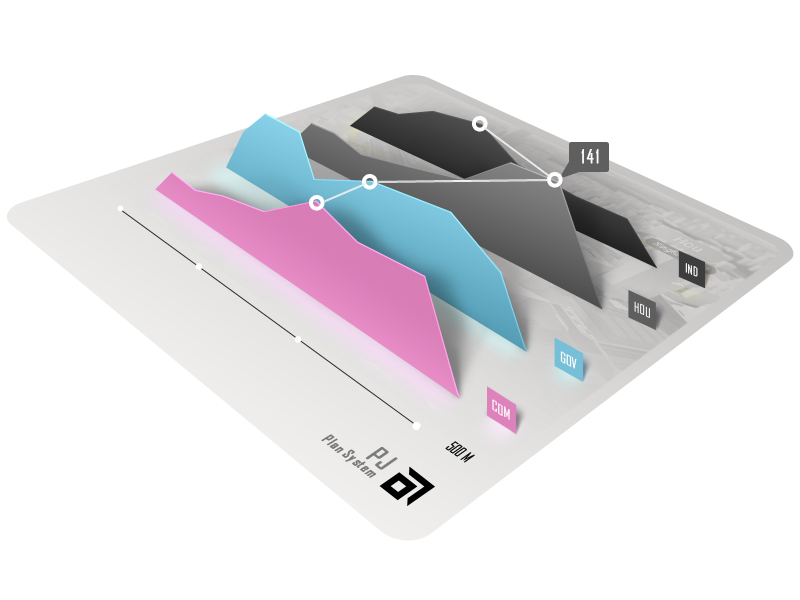
How to Create Your Own App | Shakuro
Other than that – it’s vital to have a strategy, prioritization of accomplishments and long-term goals. As a general guideline, you need to figure out which things come first and what the possible outcomes of your decisions are.
Define information architecture of your mobile app
Even though building an application is a creative process, it has to be handled like business. Otherwise, you risk compromising usability and may have to deal with lots of workarounds in future. What you want right off the bat is establishing a good name for your product.
The movie-based approach would be guys wireframing the app idea in a dorm room and inventing screens as they come. In reality it doesn’t work like that. Information architecture has to come first. If you are familiar with business startups in retail for example, they don’t start with designing shop interiors and open/closed signs. What they do is meticulously elaborate on their business processes which are essentially huge maps of reactions and effects triggered by different user actions.
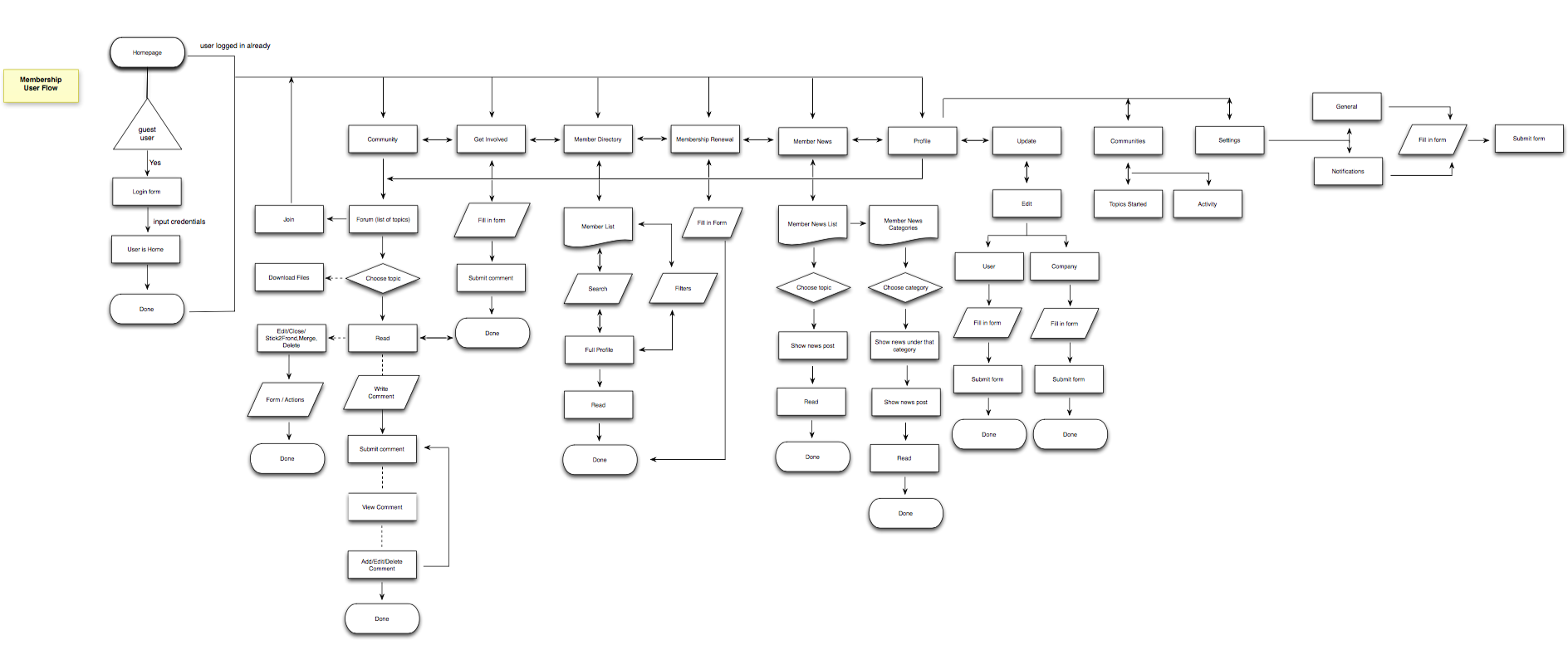
How to Create Your Own App | Shakuro
Information architecture structure for Arthur W. Page Society
The output you produce over multiple iterations of information architecture definition is arguably the most important asset you get. It is the core of your project that designers, developers, and testers are going to stem their work from. Not to mention, your UX incubates here.
Design Visual, Think UX
Let your creativity shine. This is where the project gets its face. You have your information architecture structured, the chains of actions put down, now you need to bonify them into wireframes.
Wireframes are future application’s blueprints, infused with user experience. Defining information architecture is a technical process with business in mind, but wireframing stage humanizes the IA maps. Some of the decisions might be changed to aid usability, visual appeal, and empathy.
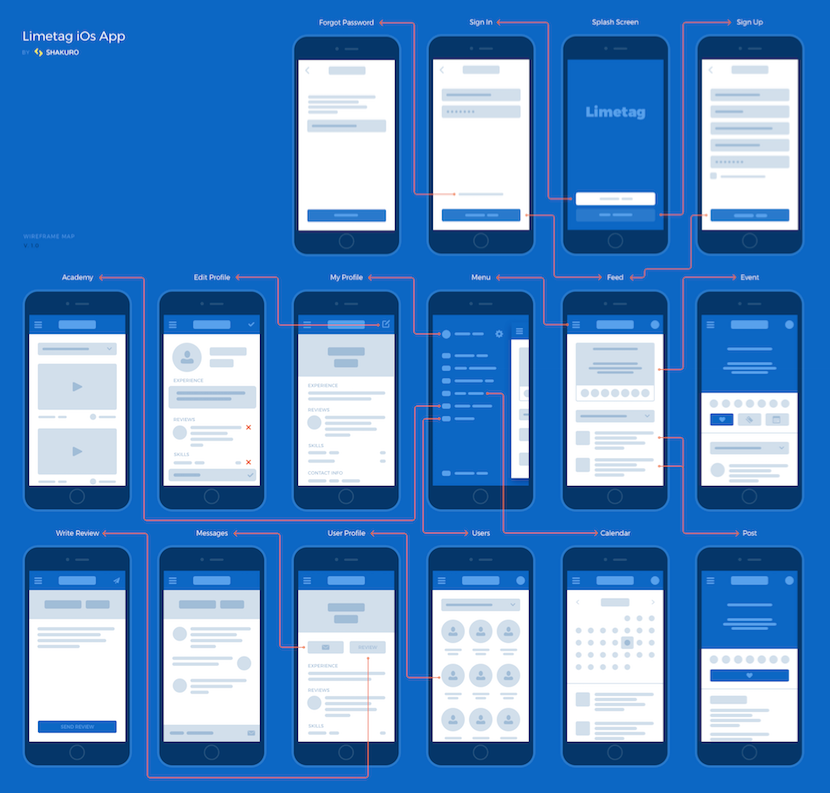
How to Create Your Own App | Shakuro
Wireframing the app is the job for a UX designer for the most part, because their primary goal is to create a flow that would take a user through the app by providing an intuitive journey and a pleasant one. User experience will then dictate the UI hierarchy.
Compose Interface
This is where your application wireframe grows muscle. A lean structure with clear-cut UX circulation requires an engaging form to be displayed on.
This is where you come up with the mood and taste of your app. Brand representation depends on the design composition choices, so make sure the UX is delivered by the UI that is clear, perceptive, and simply beautiful.
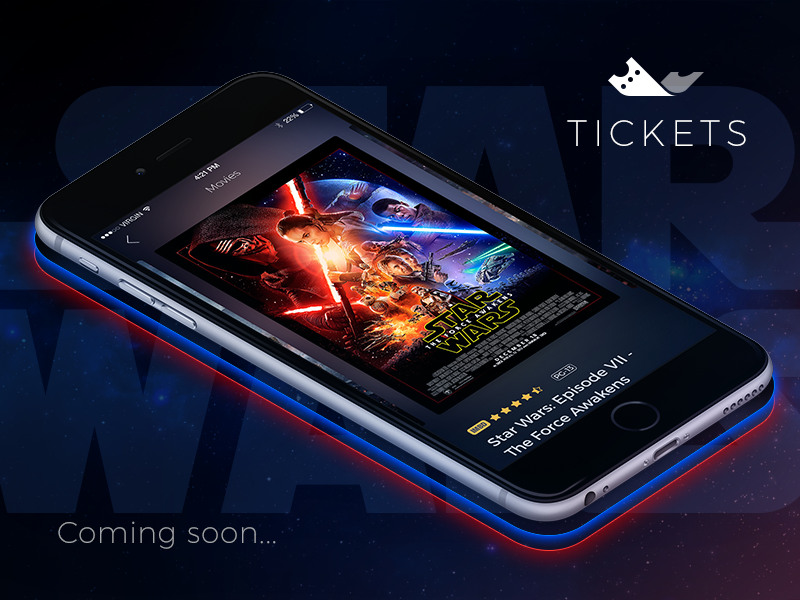
How to Create Your Own App | Shakuro
Put your app into code
This is the actual building process also known as, development. Perhaps, technically the hardest and the longest part of app creation. It involves frontend, backend development, scalable potential, peripherals, add-ons, and all sorts of tweaks making the app behave according to the pathways set on the previous stages.
The number of technologies engaged, hours and lines of code put in depend directly on the objectives and the caliber of the project. If you are dealing with a startup, the development approach will be different, not just cheaper and faster than a middle-market or an enterprise initiative. The startup app development goal is always to deliver the MVP (minimal viable product) at a reduced cost and make a statement. However, you don’t want to have a product that if succeeds requires complete rebuild. The essence of your app has to shine through regardless of the metamorphosis it takes with time. A good example is Twitter that used Ruby on Rails framework to get started and switched to some more complex technologies after they blew up.
As for the middle-market and enterprise solutions, it takes much more time and management due to the fact that multiple teams will most likely be engaged. The focus area here is a long-time perspective and growth opportunities. The scalability potential along with code dexterity are the main priorities as the goal at these niches is straight business.
Test your app and test it again
There are three ways to test your app and each one adds to another, so the more prolific you are with your testing ethics – the better product is bound to be delivered:
- Manual testing. This type of testing involves perceptual work. You test usability by running through navigation and content all over again with different levels of intensity. You also apply exploratory testing as a form of free-roam through the app to get the feel of the UX your app has to offer.
- Automated testing. Involves unit and functional testing over multiple rounds of continuous integration testing of all the components installed.
- Ad-hoc testing. The least formal type of testing that an literally be performed by anybody as no special tools or documentation is required.
Important thing we’ve learned along the way is you can never underestimate the power of testing and QA. Just don’t leave it for the last moment.
Shout your app out
Marketing. At this point you’ve done your research, know the market back and forth and you are ready to launch the product that is going to change it all. The question is:
How is everybody going to find out about it?
The strategic steps you pointed out early on are the streets signs that will guide you to your marketing goals. The implementation is more of a sales job. There should be no problem marketing your product if you have an extensive knowledge of the industry and your target audience.
It is important to have your marketing going while the project is still in the works because the information you may gather while doing the PR for your product might be useful and potentially enhance your application that is still being crafted.
Release the Kraken
So you’ve made it. The app is on the market. But your work is far from being done. Time to analyze download rates, locations, feedback, hashtags, and any type of buzz your app has generated. There is no better way to evaluate your work other than the battle test itself. Don’t be afraid to change, fix and patch things, as these are your best teachers.
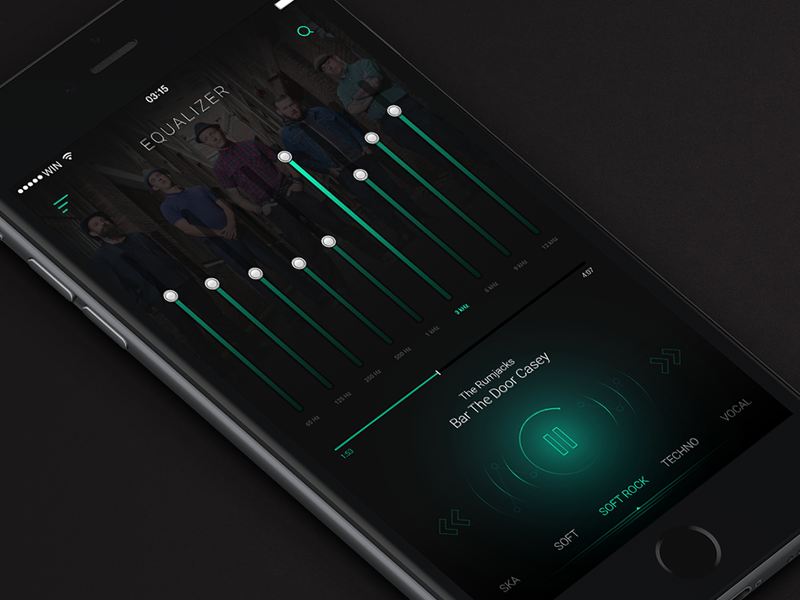
How to Create Your Own App | Shakuro
There is no book on how to make a great app and this is what makes the process exciting – it is the crossroads of technical challenge, artistry, and innovative marketing.
Can you execute them all to their finest? We can. Now let’s put together the greatest app ever. Your app.
